My husband and I live in a 19th Century farmhouse, with its original tin ceiling in the kitchen. At the time, it was state-of-the-art fire prevention. Open flames provided the energy for cooking, light and heat. If a spark landed on the tin ceiling, the homeowner didn't have to worry about a house fire. Tin ceiling tiles became popular in the late 1800s. Luckily for us, they were as pretty as they were utilitarian. Embossed tin panels quickly became popular alternatives for the more expensive ornate plaster ceilings.
Originally metal ceilings were steel ceilings. While they were attractive and provided fire protection, they also rusted out quickly. Manufacturers then began to plate steel ceiling tiles with tin to prevent this problem. Most of tin ceiling tiles were large. They measured 2 feet by 2 feet or 2 feet by 4 feet. It can be hard to find antique ceiling tiles in these sizes. They are often cut up into 12 inch by 12 inch tiles. Often they are used as artwork instead of ceiling tiles.


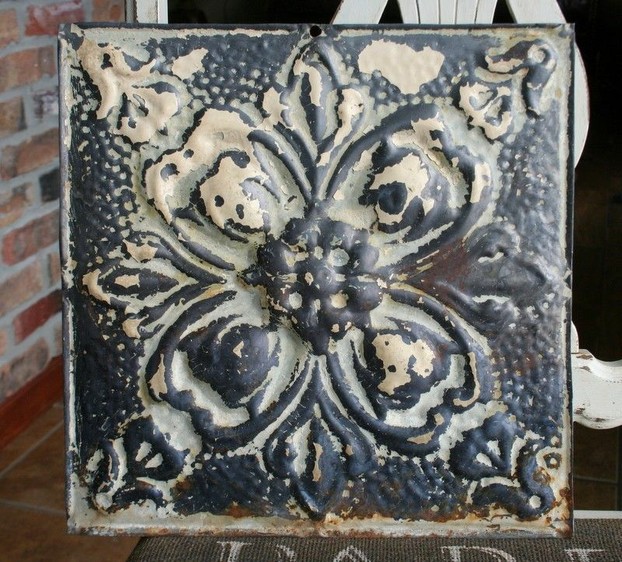
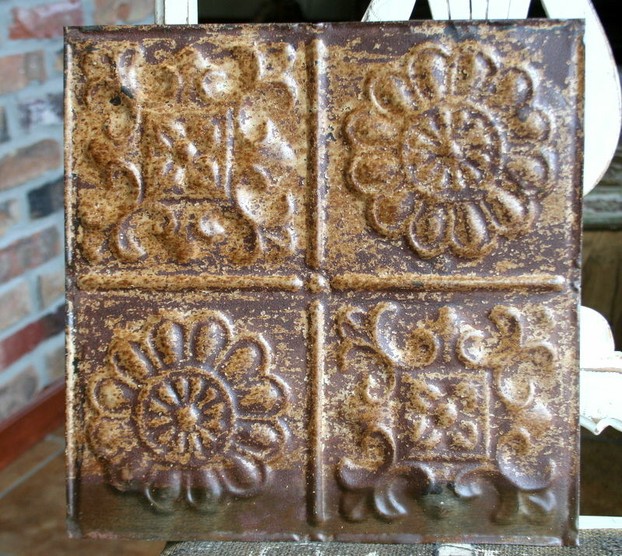
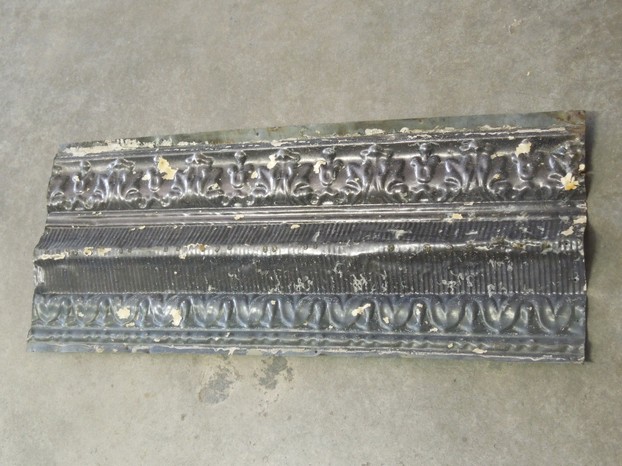
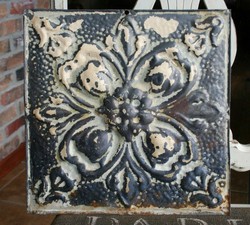

 Catholic Wedding Invitationson 02/17/2016
Catholic Wedding Invitationson 02/17/2016
 Christian Wedding Invitations Decorated with a Crosson 02/14/2016
Christian Wedding Invitations Decorated with a Crosson 02/14/2016
 Small Biker Patches Make Great Stocking Stufferson 11/15/2015
Small Biker Patches Make Great Stocking Stufferson 11/15/2015
 Hawaiian Wedding Invitations - Beautiful and Budget-Friendlyon 08/24/2015
Hawaiian Wedding Invitations - Beautiful and Budget-Friendlyon 08/24/2015
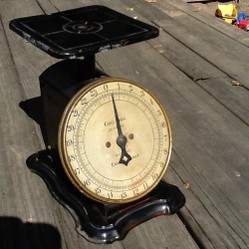
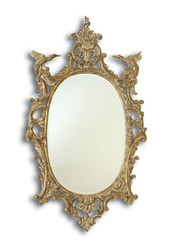
Comments
I've seen tin ceiling tiles, both new and old. I love them and they are definitely an added barrier against fire.
I agree they are great wall art and not very expensive.
These really are beautiful, as is much from the Victorian era. One of these tiles would make a lovely piece of wall art.